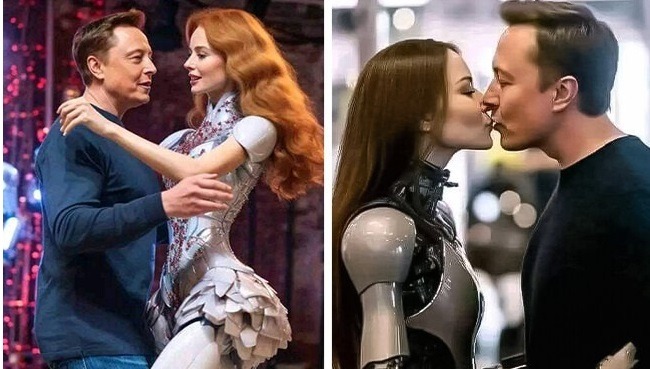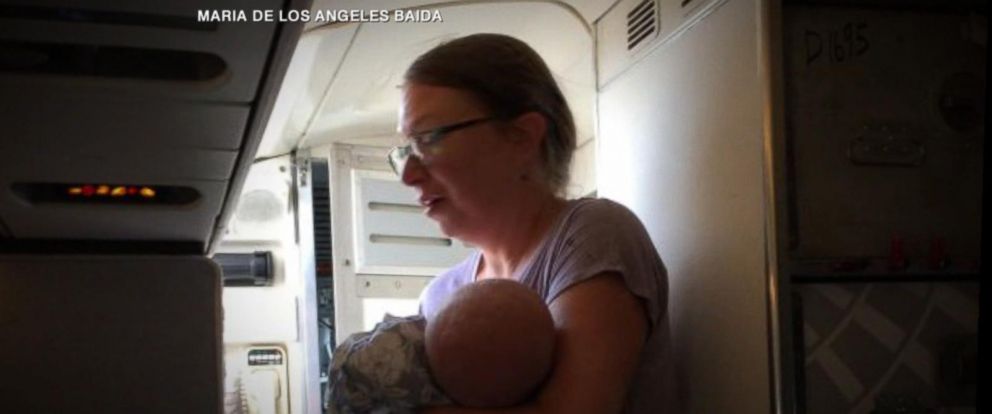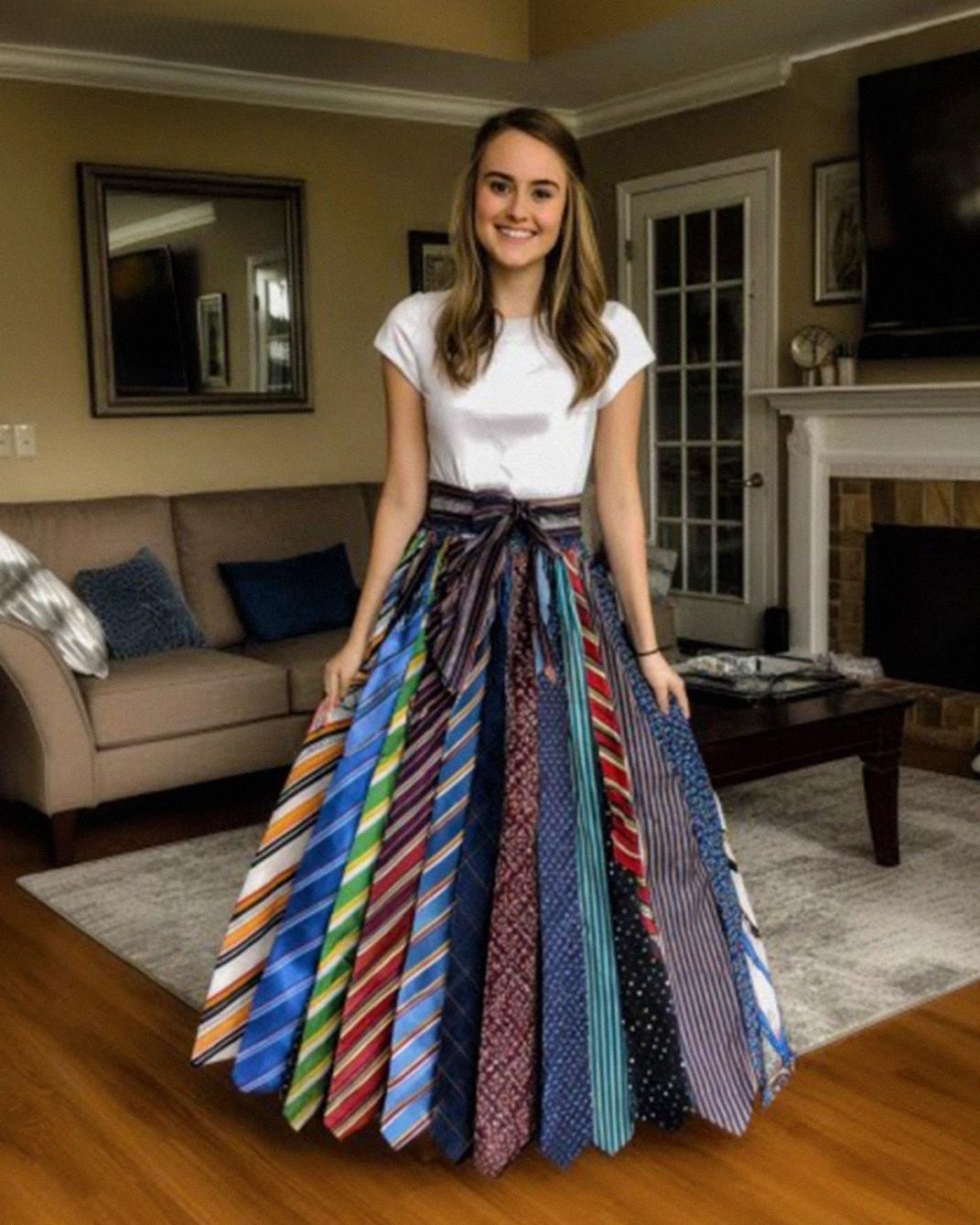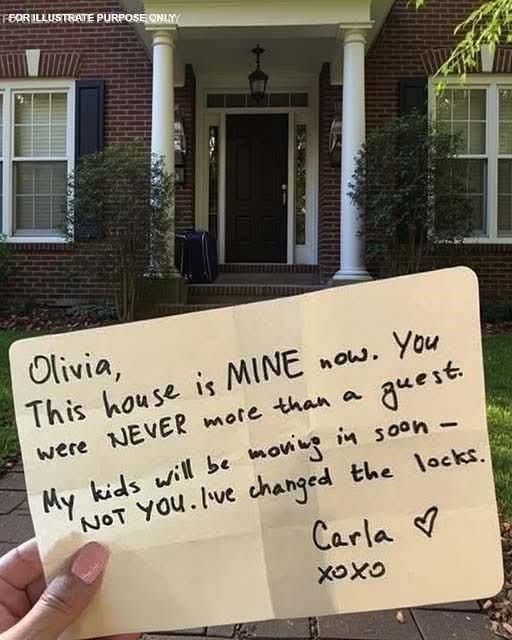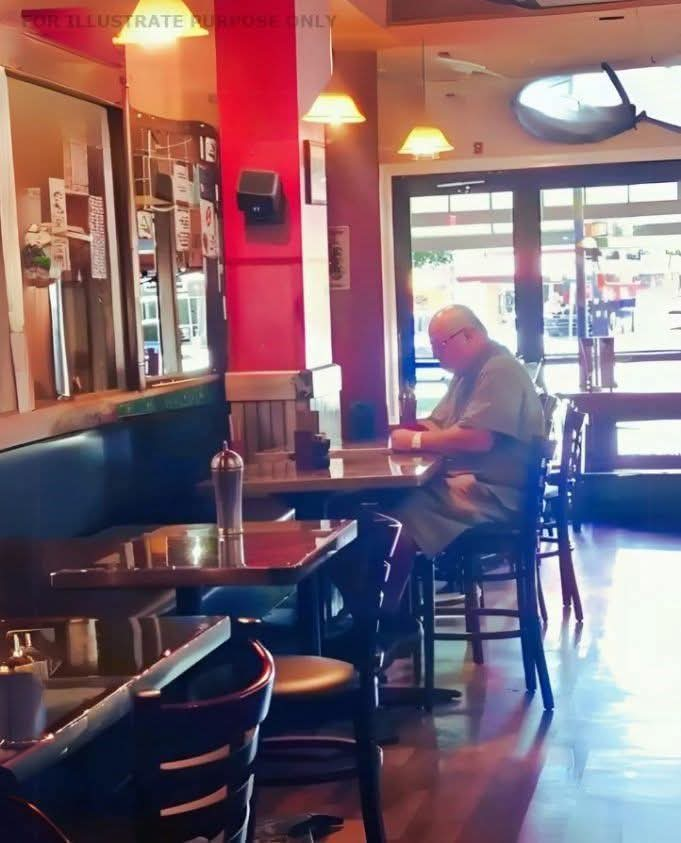Elon Musk has never been one to shy away from headlines. From revolutionizing space travel with SpaceX to transforming the auto industry with Tesla, he is synonymous with boundary-pushing innovation. But his latest moment in the spotlight has people more puzzled than inspired.
Elon Musk and the Robot Kiss
Photos of Musk appearing to kiss and cuddle with hyper-realistic female humanoid robots have gone viral, sparking widespread curiosity and debate. Are these images real? Are they symbolic? Or are they part of a broader artistic or marketing campaign to promote Tesla’s newest technological marvel: the Optimus robot?
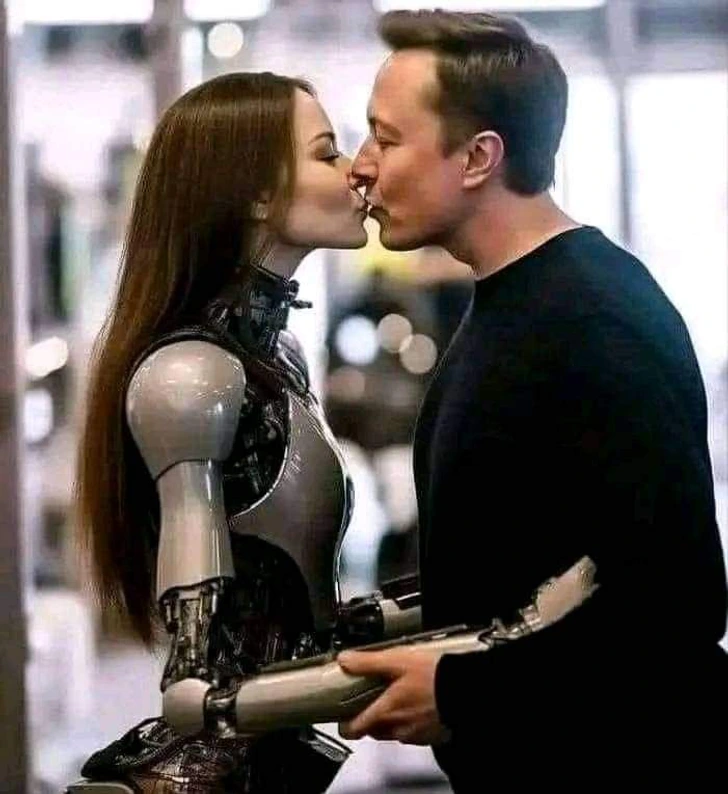
Let’s break down what happened—and what it might mean for the future of human-robot relationships.
The Viral Images and Online Speculation
The now-viral images were originally created by digital artist Pablo Guerrero, but it wasn’t until Twitter user Daniel Marven reposted them with a speculative caption that the internet took notice. The images show Elon Musk engaging intimately with four strikingly realistic female humanoid robots. Some photos show him holding hands; others show him kissing or caressing the robot’s face, creating the illusion of a romantic connection.
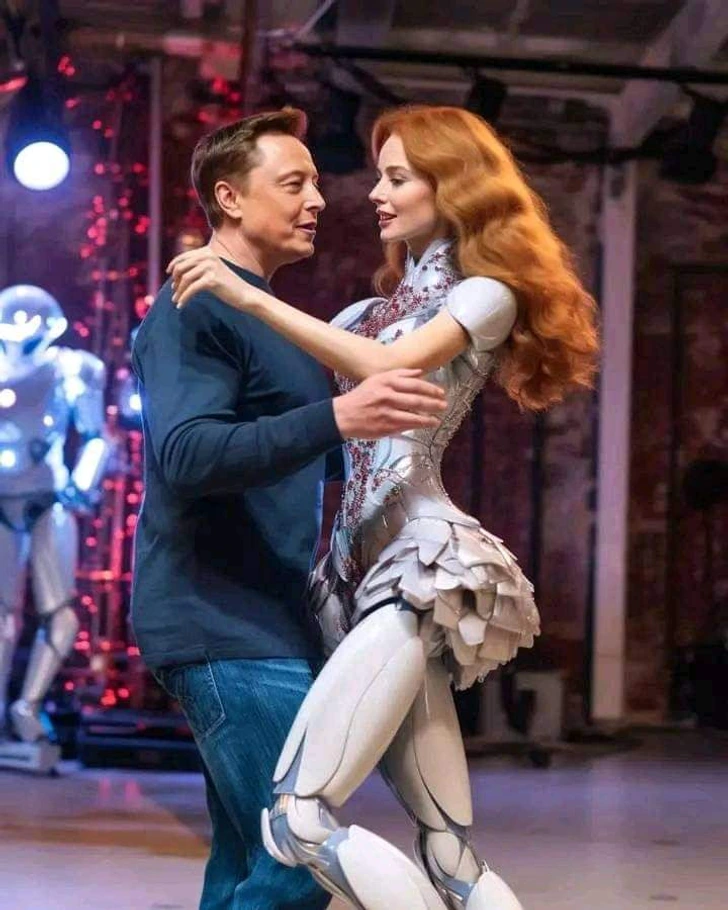
Marven captioned the images with this thought-provoking statement:
“It is the first robot that has been manufactured specifically designed with artificial intelligence, with the personality and the characteristics of the female that he dreams of…which is not found in any normal person, because of course, there is no normal person that has all the required specifications.”
This quote—and the images—immediately sent social media into overdrive. Has Musk really developed a robot with his “ideal woman’s” traits? Is this an actual prototype, or simply speculative art?
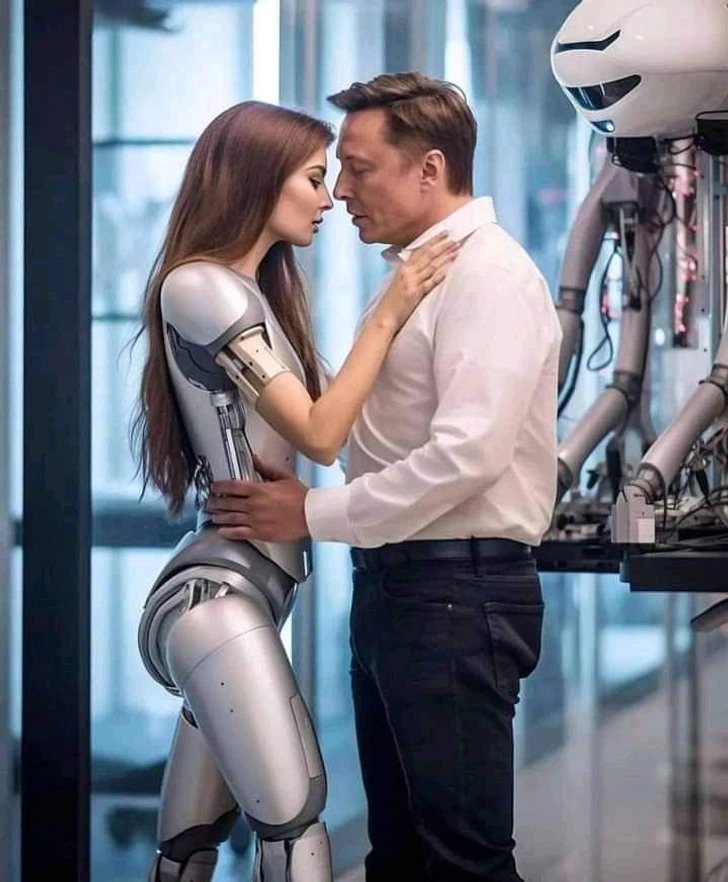
Meet “Catnilla”: The Dream Robot
According to Marven, the robot featured in the images is named Catnilla—a solar-powered humanoid capable of displaying emotions such as joy, sadness, and even empathy. She reportedly doesn’t need charging, can self-regulate through solar energy, and has been equipped with sensory feedback to simulate emotional interaction.
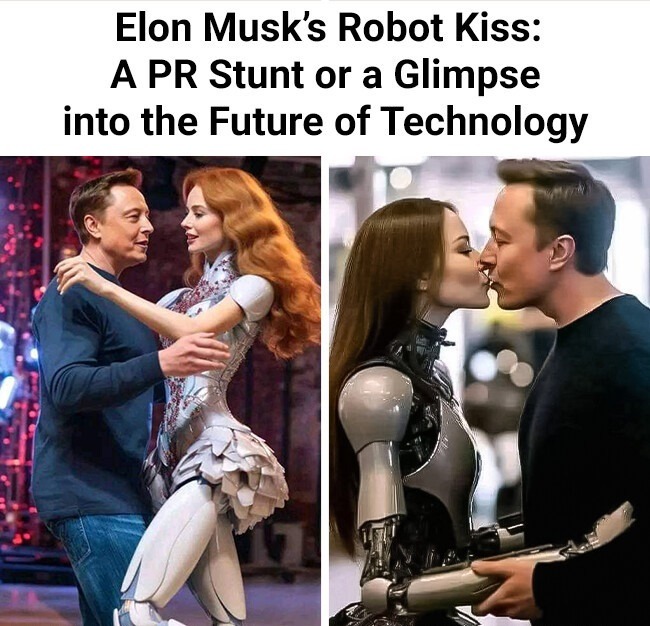
While it’s unclear whether Catnilla is an actual Tesla project or an artistic construct designed to provoke thought, the level of detail in her “features” points to a deep fascination with where AI and robotics are headed.
Art Meets Technology
It’s important to clarify that the images themselves appear to be AI-generated art, not official promotional material from Tesla. However, their release coincided with something very real: the public unveiling of Tesla’s latest advancements in humanoid robotics.
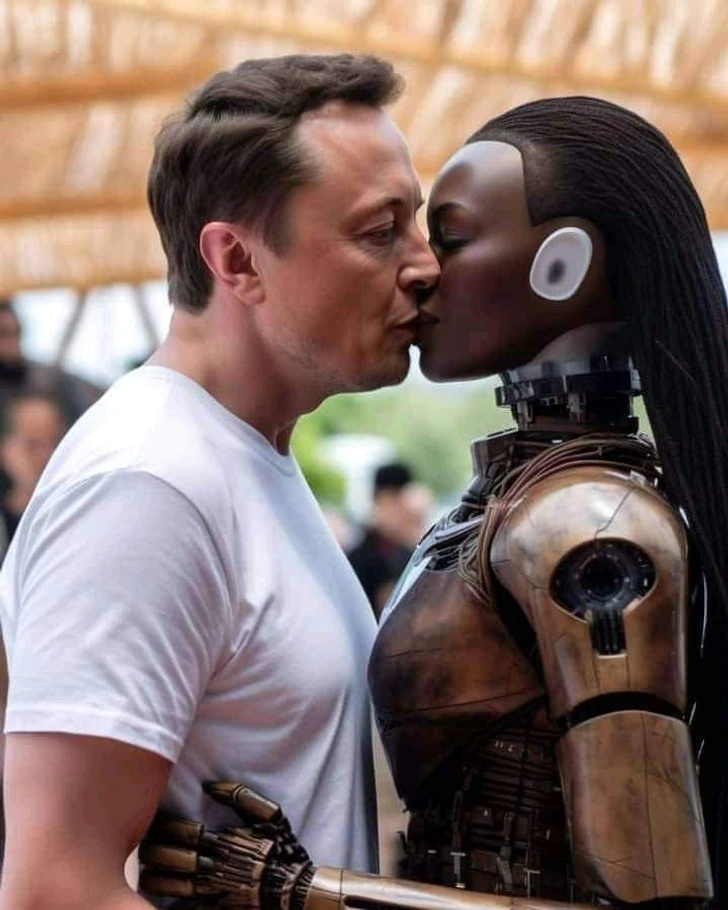
During Tesla’s most recent shareholders’ meeting, Musk introduced a video showcasing multiple Optimus robots in motion. The footage featured five robots walking, retrieving objects, and interacting with Tesla’s ecosystem. This was a major leap forward from the company’s first Optimus prototype shown at last year’s AI Day.
The juxtaposition of these futuristic robots with the romanticized images of Musk and Catnilla has stirred public imagination—and for good reason.
Humanoid Robots: The Next Frontier?
What makes this story more than a quirky internet moment is its timing. As humanoid robots move closer to integration into daily life, questions about their roles—not just in labor or service industries, but in emotional and personal spaces—become increasingly relevant.
Could a future exist where robots are companions, caregivers, or even romantic partners?
This may sound like science fiction, but companies around the world, including Tesla, Boston Dynamics, and Hanson Robotics (creator of Sophia), are making rapid progress toward emotionally intelligent, lifelike robots.
Elon Musk’s Relationship With AI
Musk has always had a complicated relationship with artificial intelligence. While he’s a leading advocate for its advancement through companies like Tesla and Neuralink, he’s also issued stern warnings about its dangers. He’s repeatedly emphasized the need for ethical AI development and transparent governance.
Which makes the viral “robot kiss” images even more compelling. Was this a satirical commentary on AI’s future, a marketing teaser, or simply a reflection of how closely we’re approaching human-machine emotional simulation?
Internet Reacts With Humor and Curiosity
As with any viral topic, social media users have responded with a mix of fascination, amusement, and critique.
“Well, well, well… what have we here?” one Twitter user quipped, sharing the image of Musk leaning in to kiss a robot.
Others offered humorous takes, calling it “Musk’s version of The Bachelor,” or suggesting he’s simply tired of human relationships. But beneath the jokes lies genuine intrigue about the blending of AI, robotics, and emotional companionship.
A Reflection on Modern Loneliness and Control
Some analysts have gone deeper, suggesting that the concept of designing a “perfect partner” via AI touches on themes of control, loneliness, and emotional idealism in the modern age. As more people find it difficult to connect in an overstimulated, hyper-digital world, could robot companions fill an emotional void?
And if people begin to prefer programmable partners over flawed humans, what does that mean for society, relationships, and intimacy?
Marketing Genius or Futuristic Foreshadowing?
Whether or not Musk had anything to do with the viral images, one thing is clear: they worked. They generated buzz, raised philosophical questions, and aligned perfectly with the rollout of Optimus and Tesla’s vision of AI-integrated living.
Some believe it’s an intentional publicity stunt, cleverly blending speculative art with real-world tech to keep Tesla in the spotlight. Others view it as a glimpse into a post-human future, where boundaries between man and machine blur more every day.
So, Was the Robot Kiss Real?
No, Elon Musk didn’t really kiss a robot wife—at least, not in the traditional sense. The images were artistic creations, enhanced or fully generated through AI. But the conversation they’ve sparked is very real.
As technology races forward, society is being forced to confront new questions about what it means to be human, how we define relationships, and whether we’re ready for a world where machines can simulate love.
And in typical Elon Musk fashion, whether intentional or accidental, he’s placed himself right at the center of that conversation—again.
Conclusion:
Whether it’s a marketing stunt, a glimpse into Musk’s imagined future, or a simple piece of provocative digital art, the robot kiss reminds us of one thing: The future isn’t coming—it’s already here. And we’re all still figuring out how to live in it.

